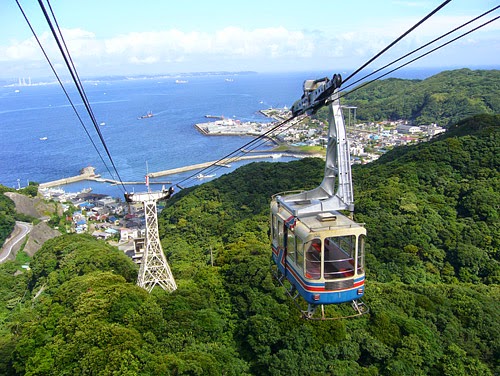The Iga School of ninjutsu, which is based in Iga Ueno, was one of Japan's leading ninja schools, along with the Koka School in neighboring Shiga Prefecture.
The small but well done Iga Ninja Museum delivers a comprehensive ninja experience: it consists of a ninja residence, two exhibition halls and a stage which hosts ninja shows.
The shows are held in Japanese only, but they are still highly entertaining for non-Japanese speakers as most of the action speaks for itself.



















